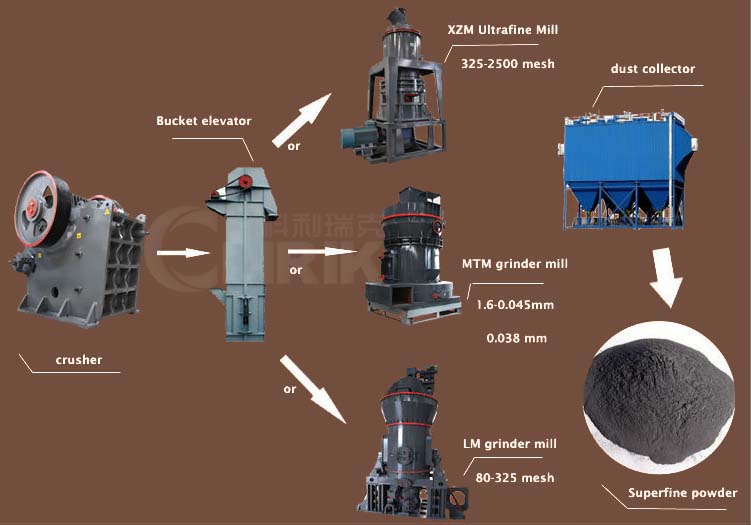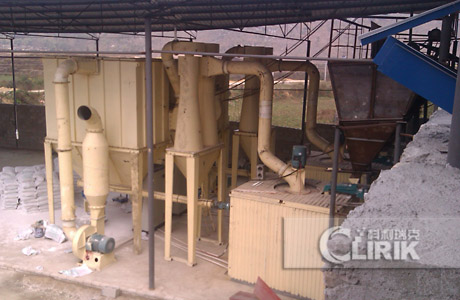
 sales@clirik.com
sales@clirik.com +86-21-20236178 86-13917147829
+86-21-20236178 86-13917147829
 sales@clirik.com
sales@clirik.com +86-21-20236178 86-13917147829
+86-21-20236178 86-13917147829
Dolomite powder can be used as a kind of filler and added into natural or synthetic rubber. Dolomite powder can not play a reinforcing role in rubber, only as a filler, its price is lower than light calcium powder. Modified dolomite powder can be used to improve the strength and processability of rubber products.
Dolomite and limestone are the third major components of glass raw materials besides silica sand and soda powder. Dolomite can provide calcium oxide in the glass industry, slow down the aging of glass, prevent the erosion of water in the atmosphere to glass, improve the plasticity of stained glass and enhance the strength of glass.
At present, there are many kinds of dolomite grinding machines in the market. The most common dolomite powder grinding mills now include dolomite Raymond mill, dolomite micro powder grinding mill, dolomite vertical roller mill and dolomite high pressure grinding machine. But which kind of mill is better for dolomite grinding?
There are four key elements when choosing the dolomite powder mill and they are powder fineness, hourly capacity, quality and price. The former two are the most significant determinant in this process. The fineness of high pressure mill, traditional R pendulum Raymond mill and European version mill is between 50 mesh and 325 mesh, and the output level is 1-30t/h.
Dolomite HGM 80 micro powder grinding mill is one of the main products in our company. Do you want to know more details such as output powder fineness and capacity? Do not worry, its specification can be found on the link.
1. Structure of dolomite HGM80 micro powder grinding mill:
The complete set of dolomite grinder configuration includes hammer crusher, bucket elevator, storage bin, vibration feeder, grinder mainframe, frequency conversion classifier, double cyclone collector, pulse dust removal system, high-pressure fan, air compressor, electrical control system.

2. The working principle of dolomite HGM80 micro powder grinding mill:
When working, the main motor of the mill drives the spindle and the turntable to rotate through the reducer, and the roll pin at the edge of the turntable drives dozens of grinding rollers to roll in the ring raceway.
The raw dolomite mineral material is crushed into small particles by hammer crusher and then sent to storage bin by hoist. Then, dolomite particles are evenly delivered to the upper bulk tray of the turntable through vibrating feeder and inclined feeding pipe.
Dolomite particles disperse to the circumference under centrifugal force and fall into the raceway of the grinding ring, which is impacted, rolled and ground by the ring roll. After three-layer processing of the ring, the dolomite powder is transformed into dolomite powder. The high-pressure fan sucks the external air into the machine by suction, and takes the crushed dolomite powder into the separator.
The rotating impeller in the separator makes the coarse dolomite powder fall back and to be grinded again. The fine powder that meets the requirements enters the cyclone collector with the air flow and is discharged by the discharge valve at the lower part of the separator is the final superfine dolomite powder, while the air flow with a small amount of fine dust is discharged through the fan and silencer after purification by the pulse precipitator.
